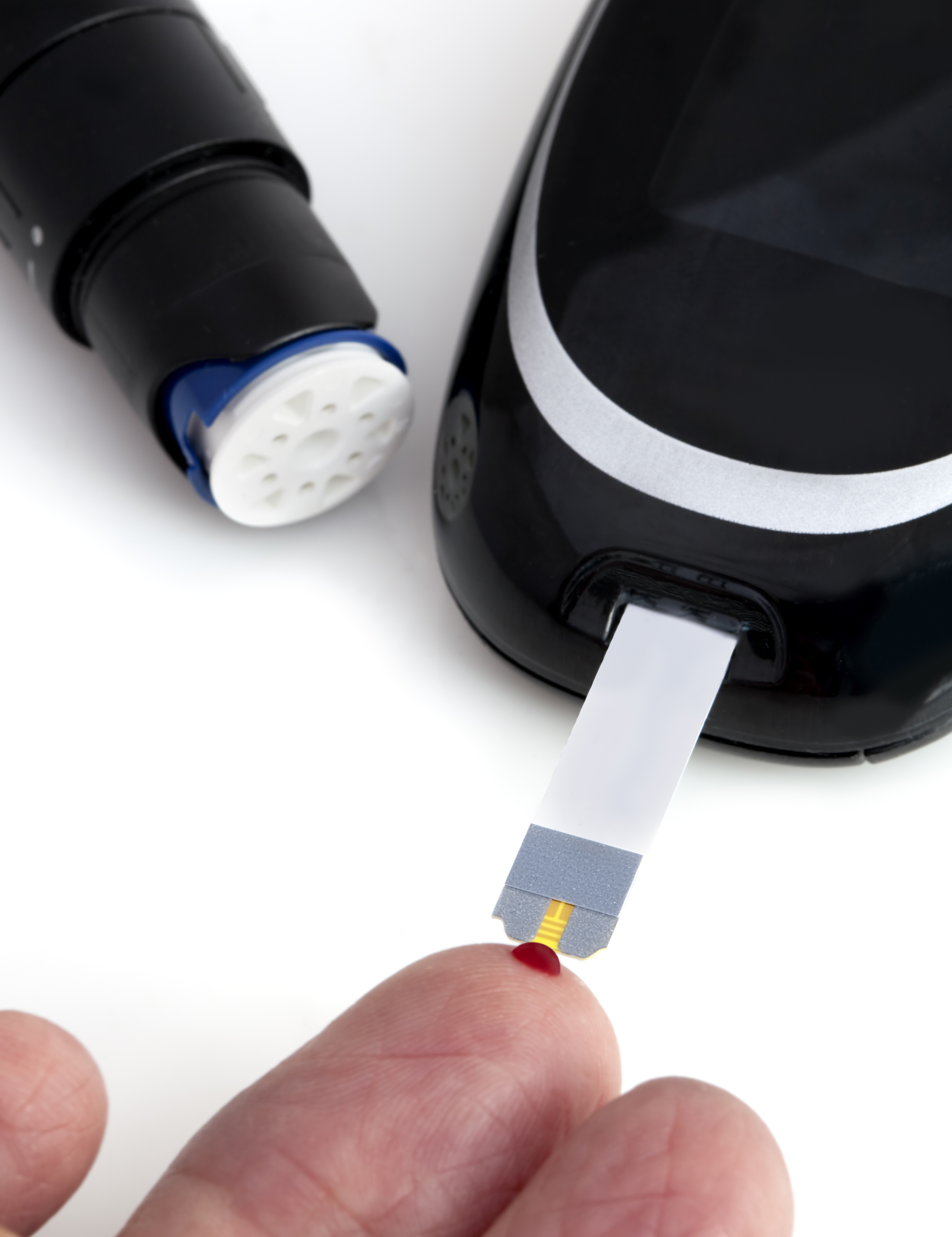Studies predict one in four Americans will have diabetes by 2050. A majority of those diagnosed with type 2 are managing their condition with pills or insulin injections, which can be costly, inconvenient and may cause unwelcome side effects.
In a new clinical trial now enrolling at UVA, researchers are taking a closer look at the potential of lifestyle changes to effectively manage this condition. The study will be led by UVA endocrinologist Anthony McCall, MD, and behavioral scientist Daniel Cox, PhD, who began researching and adopting this approach to diabetes management after his own diagnosis of type 2 diabetes. “We hope to empower patients, to give them the tools to help control diabetes on their own,” says Cox. The key: understanding of how daily choices impact blood glucose and adopting a deliberate plan for preventing glucose levels from spiking post-prandial.
Food as Medicine
There are certain foods, known as high glycemic load foods, which cause blood glucose levels to spike. Trigger foods can vary from person to person, so the foods that cause a patient’s blood glucose to rise may not impact someone else the same way. However, some of the most common high glycemic load foods include:
- Grains, such as rice and wheat, often found in crackers, chips, pasta, bread and most baked goods
- Dried fruits like raisins, dates, bananas and cranberries
- Glucose-containing beverages like soda and energy drinks
- Processed foods that contain a lot of carbohydrates
To understand how the body responds to certain foods, it’s essential to test blood glucose systematically, both before and two hours after a meal, explains McCall. Once a patient is aware which foods cause blood glucose levels to rise rapidly, he or she can adjust accordingly. Typically, choosing fresh vegetables and fruits, lean protein and dairy are better choices than the high glycemic load foods mentioned above.
Persistent Impact of Physical Activity
Another essential component of this treatment approach is increasing physical activity. When the body is moving, muscles use glucose in the blood for energy, even in the absence of insulin. Additionally, sustained moderate physical activity can reduce insulin resistance for up to 48 hours. The American Diabetes Association recommends 150 minutes of exercise per week; however this doesn’t have to mean extended periods of exercise. Short intervals of activity, whether it’s raking leaves or walking briskly, can have a positive impact as long as your heart rate is elevated and sustained for at least 15 minutes. For many people with type 2 diabetes, it takes half an hour to 45 minutes of moderate physical activity to achieve substantially lower blood glucose levels.
An Alternative Approach
“While there is no single cause identified for type 2 diabetes, we know that the foods we eat and a lack of exercise are important contributing factors,” says Cox. So to keep this condition in check, we look here first – making necessary lifestyle changes and adopting a deliberate plan to get blood glucose under control and prevent it from rising. Hear participants speak about the study experience in the video below and see an overview of eligibility requirements below:
Study Eligibility
This study is focused on the treatment of type 2 diabetes rather than prevention. Those eligible to participate include patients who:
- Have been diagnosed with type 2 diabetes within the past five years
- Have suboptimal control (i.e. HbA1c>7)
Overview
The six-month, randomized type 2 diabetes study will include a selection of 50 patients. Half will receive GEM intervention (low glycemic-load foods, exercise, glucose monitoring) in addition to their standard diabetic treatment administered by their physician.
This GEM intervention includes nutrition and exercise counseling; regular glucose monitoring to measure the effects food and exercise have on blood glucose levels; as well as patient education, teaching how daily choices impact blood glucose levels. Participants receive two free physicals separated by six months, six months of free blood glucose meters and supplies, a pedometer and $100 at the conclusion of the study.
To find out if your patient is eligible to participate in the type 2 diabetes study (IRB#16293), contact the study coordinator by phone at 434.243.6520 or email t2dm@virginia.edu.
